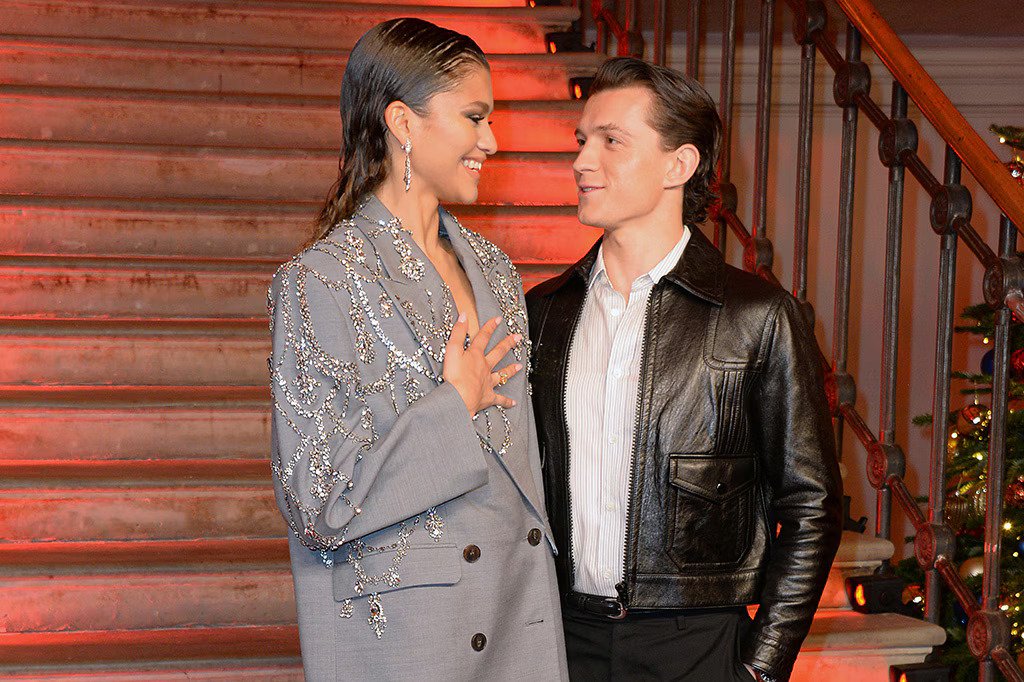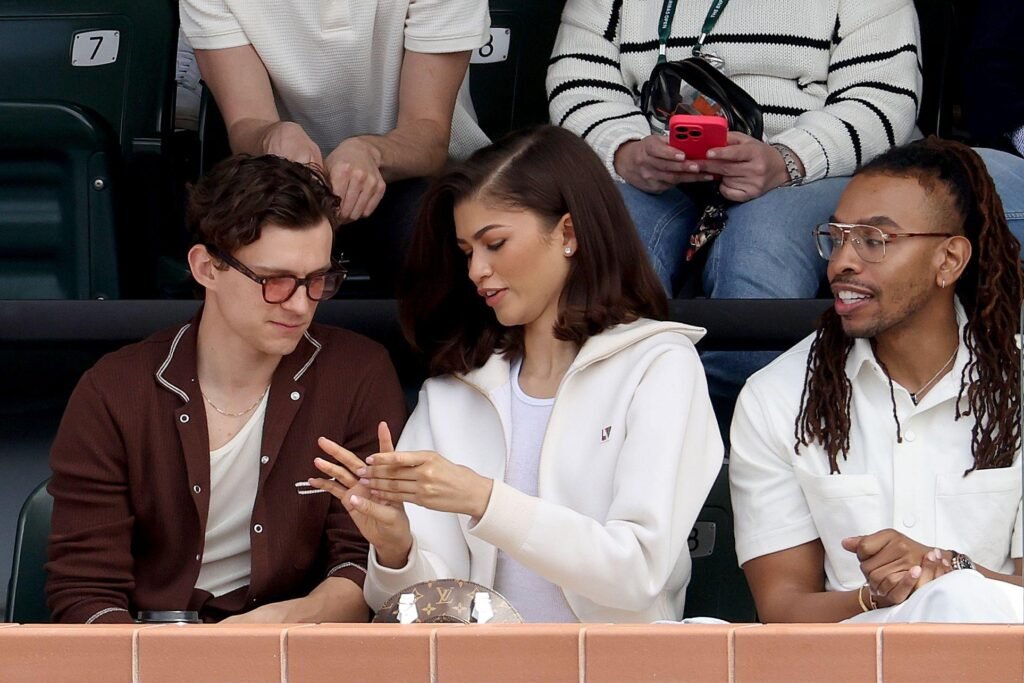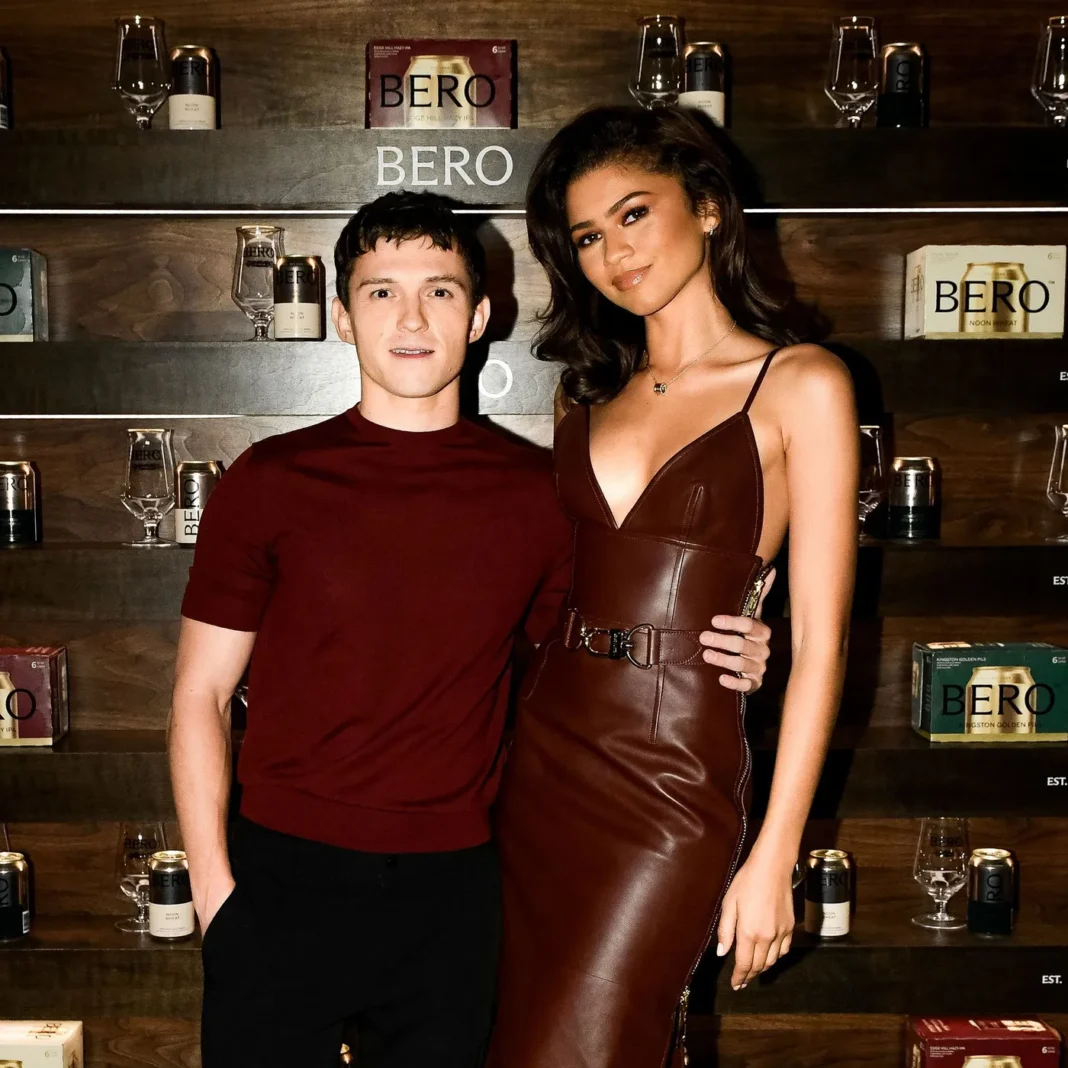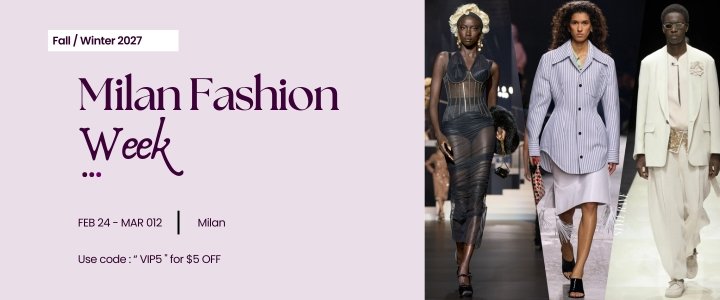When Zendaya’s stylist Law Roach quietly confirmed that “nobody will ever see” her wedding dress, he wasn’t lamenting a missed opportunity—he was drawing a line in the sand. Picture this: A bride who has graced countless red carpets in sculptural Valentino and avant-garde Mugler, whose every fashion choice sparks global conversation, deliberately choosing to keep her most significant style moment entirely private. In an era when a Kardashian-Jenner wedding generates more media coverage than some political summits, Zendaya and Tom Holland‘s intentional invisibility isn’t just refreshing—it’s revolutionary. The couple represents a seismic shift in how Gen Z’s most influential stars are rewriting the celebrity wedding playbook, trading glossy magazine spreads and Instagram carousels for something radically countercultural: genuine intimacy. As we approach 2026 and their anticipated nuptials, their stance raises a provocative question: Is the death of the public celebrity wedding actually the beginning of something more authentic?
The Old Guard: Celebrity Weddings as Branded Content
The contrast couldn’t be starker. For decades, the celebrity wedding functioned as the ultimate branded content opportunity—a carefully orchestrated spectacle designed to maximize cultural impact and, often, financial return. From Grace Kelly’s fairy-tale Monaco nuptials broadcast to millions, to the exclusive magazine deals that saw publications pay seven figures for photo rights, the celebrity wedding evolved into a peculiar form of performance art where intimacy was commodified and privacy was the price of fame.
But something fundamental has shifted. Zendaya and Tom Holland, both 29 and engaged since December 2024, have made it abundantly clear that their wedding will exist outside the machinery of celebrity media. No Voke spread. No social media announcements. No paparazzi-friendly photo opportunities. The wedding, tentatively expected in 2026, will be an event for them, their families, and their closest friends—period. Full stop. End of story.

A Generational Manifesto
This isn’t merely a personal preference; it’s a generational manifesto. Gen Z’s most influential celebrities are systematically dismantling the infrastructure that previous generations built around life’s most intimate moments. Where millennial stars often navigated an uneasy compromise—sharing some aspects of their private lives while attempting to maintain boundaries—Gen Z celebrities are rejecting the premise entirely. They’re asking: Why should my wedding be content? Why should my most vulnerable moment become your entertainment?
The philosophical underpinnings of this shift run deeper than simple contrarianism. Gen Z celebrities grew up watching the costs of oversharing play out in real-time. They witnessed Britney Spears’s breakdown become tabloid fodder. They saw Kim Kardashian‘s 72-day marriage dissected ad nauseam. They observed how Jennifer Aniston‘s personal life became a decades-long narrative she couldn’t control. These aren’t cautionary tales from a distant past—they’re the formative media landscape of Gen Z’s childhood and adolescence.
Moreover, this generation came of age during the social media explosion, giving them an intuitive understanding of how images circulate, mutate, and take on lives of their own in digital spaces. They’ve seen how a single wedding photo can spawn thousands of memes, think pieces, and commentary that fundamentally alter the memory of the day itself. When every guest has a smartphone and every image can be screenshot, shared, and scrutinized, the very concept of a “private moment” in a public wedding becomes almost oxymoronic.
Strategic Absence as Power
Zendaya and Holland’s approach also reflects a more sophisticated understanding of celebrity capital in the 2020s. Traditional wisdom held that celebrities needed to “feed the beast”—provide regular content to maintain relevance and public interest. But the most successful Gen Z stars have discovered something counterintuitive: strategic absence can be more powerful than constant presence. By carefully controlling what they share, they’ve made their private lives more valuable, not less. The mystery itself becomes the story.
Consider the engagement ring—a 5.02-carat cushion diamond from British jeweler Jessica McCormack—which Zendaya has worn publicly but never formally announced. The ring has been photographed, analyzed, and estimated by jewelry experts, yet the couple has never confirmed details or shared their own images. This creates a peculiar dynamic where the public knows, but doesn’t really know. The couple maintains plausible deniability while the cultural conversation continues regardless. It’s a masterclass in having it both ways.

Navigating Public and Private Spheres
The September 20, 2025 charity event at Christie’s in London offered a perfect illustration of how this couple navigates public and private spheres. Tom Holland hosted the third annual Tom Holland Posh Pub Quiz fundraiser for The Brothers Trust, with Zendaya appearing in a stunning high-neck ruffled black Valentino minidress while Holland wore a classic black tux. The event was public, photographed, and covered by media. But when Holland had to leave early after suffering a mild concussion while filming Spider-Man: Brand New Day, the couple’s response was telling. Zendaya stayed to support the charity, demonstrating commitment to the cause while Tom’s father Dominic Holland stepped in as emcee. The family rallied, the event continued, and the personal medical emergency remained just that—personal. No dramatic statements, no social media updates, no manufactured narrative.
This represents a new kind of celebrity competence: the ability to fulfill public obligations while maintaining firm boundaries around personal crises. Previous generations of stars often felt compelled to explain, justify, or share every disruption. Gen Z celebrities simply don’t. The assumption that the public deserves real-time updates on their lives has been quietly rejected.
No Rush, No Pressure
The wedding planning timeline itself reflects this recalibrated approach to celebrity life. Despite being engaged since December 2024, Law Roach confirmed in spring 2025 that planning hasn’t actually started yet due to Zendaya’s filming commitments. There’s no rush, no pressure to capitalize on engagement momentum, no concern about maintaining public interest through regular planning updates. The wedding will happen when it happens, and the world will find out when—or if—the couple chooses to share that information.
This stands in sharp contrast to the millennial approach, where celebrities often brought fans along for the journey: dress shopping, venue selection, invitation design. Every milestone became content, every decision a potential storyline. Blake Lively and Ryan Reynolds walked this line brilliantly, sharing just enough to satisfy public curiosity while maintaining genuine privacy. But even they participated in the wedding-as-content economy to some degree. Zendaya and Holland are opting out entirely.

Implications for Celebrity Journalism
The implications extend beyond individual celebrity choices to the infrastructure of celebrity journalism itself. Fashion magazines that once commanded exclusive wedding coverage deals are finding that leverage diminished. The economic model that paired celebrity access with publication prestige is eroding. When the most influential young celebrities actively reject these opportunities, what happens to the publications that built their business models around them?
Some industry observers see this as a crisis. Others recognize it as an evolution. Perhaps the future of celebrity journalism lies not in manufactured access to private moments, but in more substantive coverage of public work, creative output, and cultural impact. Zendaya’s fashion choices at actual events generate enormous coverage and influence. Her performances earn critical acclaim. Her production company is developing meaningful projects. There’s plenty to write about without requiring access to her wedding.
Philanthropy Without Exposure
The privacy-first approach also intersects intriguingly with the couple’s philanthropic commitments. The Brothers Trust, founded by the Holland family, represents a different kind of publicity—one focused on impact rather than image. The annual fundraiser demonstrates how celebrity capital can be deployed for charitable purposes without requiring the celebrities to expose their private lives. You can support a cause publicly while maintaining personal boundaries. The two aren’t mutually exclusive.
This points toward a more mature celebrity ecosystem where stars are neither hermits nor reality TV subjects, but professionals who show up for work, engage with causes they care about, and maintain private lives that remain genuinely private. It’s a middle path that previous generations struggled to navigate but that Gen Z celebrities seem to have internalized as their default setting.

A Generational Divide in Expectations
The cultural conversation around Zendaya and Holland’s wedding approach has been revealing. Older media figures sometimes frame their privacy as withholding, as if celebrities owe the public documentation of their intimate moments. But younger audiences overwhelmingly support the couple’s stance, seeing it as healthy boundary-setting rather than deprivation. This generational divide in expectations may be the most significant shift of all.
What makes this moment particularly fascinating is that it’s happening with two of the most beloved celebrities of their generation. Zendaya and Tom Holland aren’t controversial figures taking controversial stances. They’re broadly popular, genuinely talented, and widely respected. Their choice to keep their wedding private isn’t rebellion—it’s simply how they believe things should be. And because of their stature, they have the power to make that choice stick.
A Pattern Emerges
As we move toward 2026 and their anticipated wedding date, the real question isn’t whether we’ll see photos—we won’t—but whether other young celebrities will follow their lead. Early signs suggest they will. Timothée Chalamet has never publicly confirmed any relationship. Anya Taylor-Joy married quietly with minimal coverage. Florence Pugh has been outspoken about maintaining privacy. A pattern is emerging.
The Evolution of Celebrity Culture
The death of the public celebrity wedding isn’t the death of celebrity culture—it’s its evolution. These stars understand that mystique isn’t incompatible with accessibility, that you can be present in your professional life while absent from public scrutiny of your personal life. They’re proving that celebrity doesn’t require constant exposure, that influence doesn’t demand intimacy, and that the most powerful choice might simply be to say no.
When Zendaya walks down the aisle in a dress no one will ever see, to marry a man she’s loved publicly but privately, she’ll be doing more than getting married. She’ll be demonstrating that in an age of infinite documentation, the ultimate luxury isn’t exclusivity—it’s invisibility. And perhaps that’s exactly the kind of revolution we need.



